To Delay, or Not to Delay
Homefront: The Revolution shows that even if you fix your game, it is difficult to 'fix' first impressions
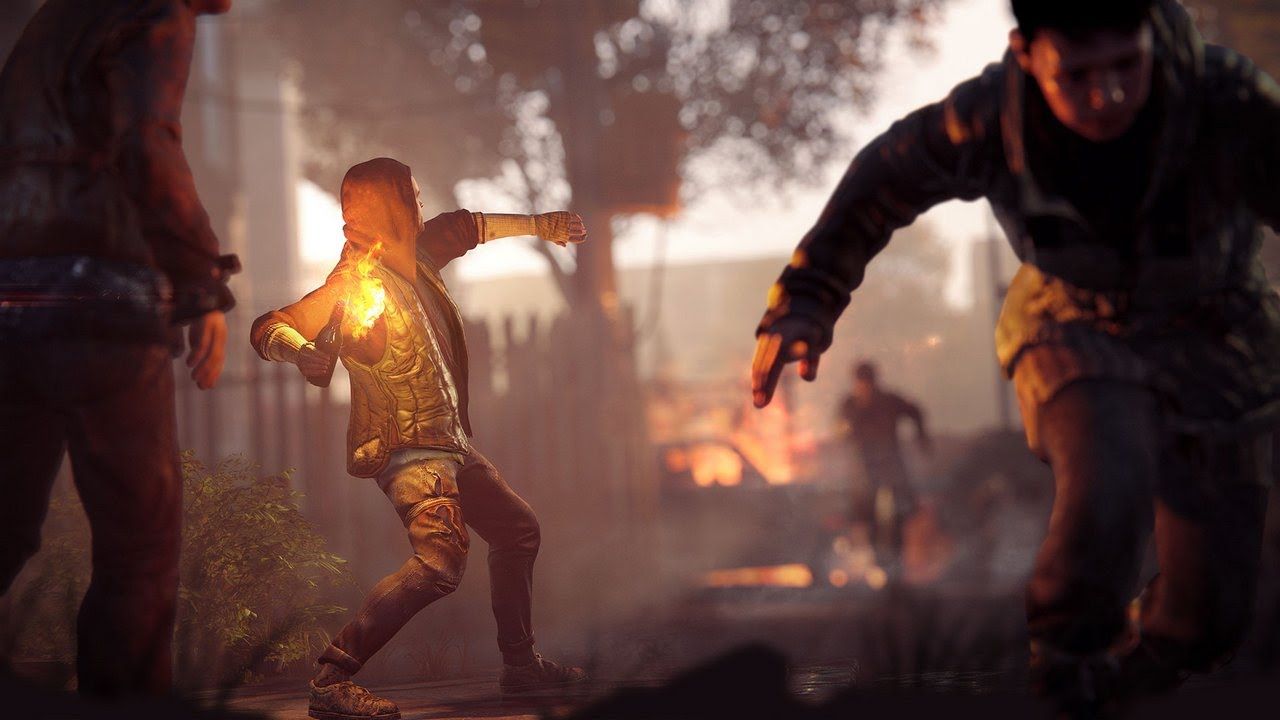
Buggy releases are nothing new. They have become more common over time due to increased complexity and budgets that demand the game be released as soon as possible. What has become a rising factor in this high-pressure situation is the internet. With increasing internet speeds and consoles allowing for patches to be delivered through it, patching after release has become an option allowing publishers to bring the product to market faster. You can now create the discs ahead of time and fix any problems with a so-called "Day One" patch.
For those expecting to get the full game on disc, it is always disappointing to sit and wait for the update to finish, but in those cases, at least the entire game is available at launch.* But what happens when even that isn’t enough?
Enter Homefront: The Revolution, a 2016 sequel/reboot of the first Homefront game from 2011. The game was pummeled in reviews at launch for being full of bugs and performance issues. The game is an interesting case study in the debate around buggy releases, delaying games, and how that choice impacts players.
Got Time for a Revolution?
This is a game I bought without the intention of playing it. What I really wanted was something inside it — a port of TimeSplitters 2, hidden inside the game as an Easter egg. I didn’t have any interest in Homefront: The Revolution (HFR), and the middling scores it received because of its troubled release certainly didn’t help. Still, I decided to jump in roughly a year after the game's release, to see the impact of a bevy of patches on the much-maligned issues reported on at the time.
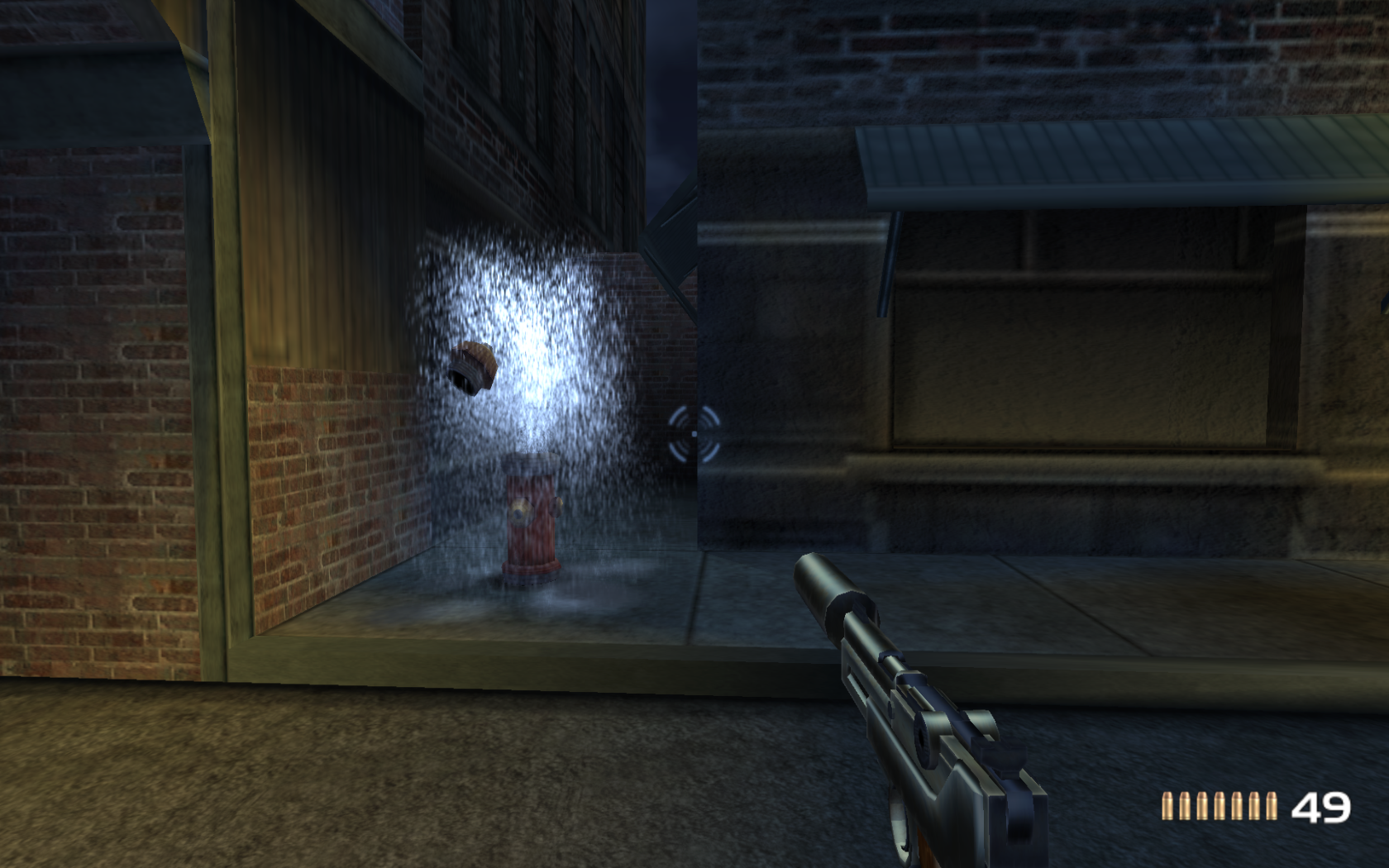
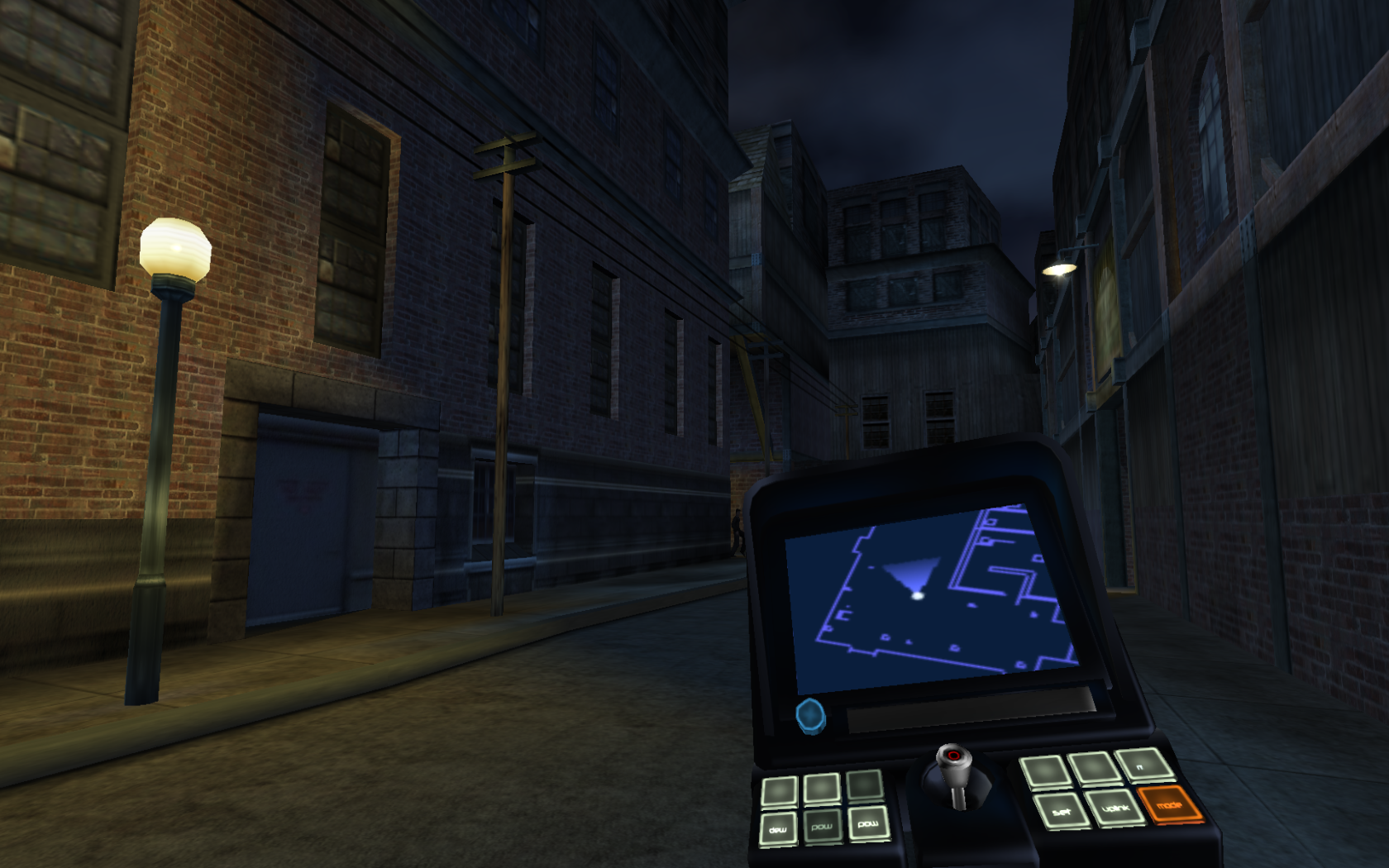
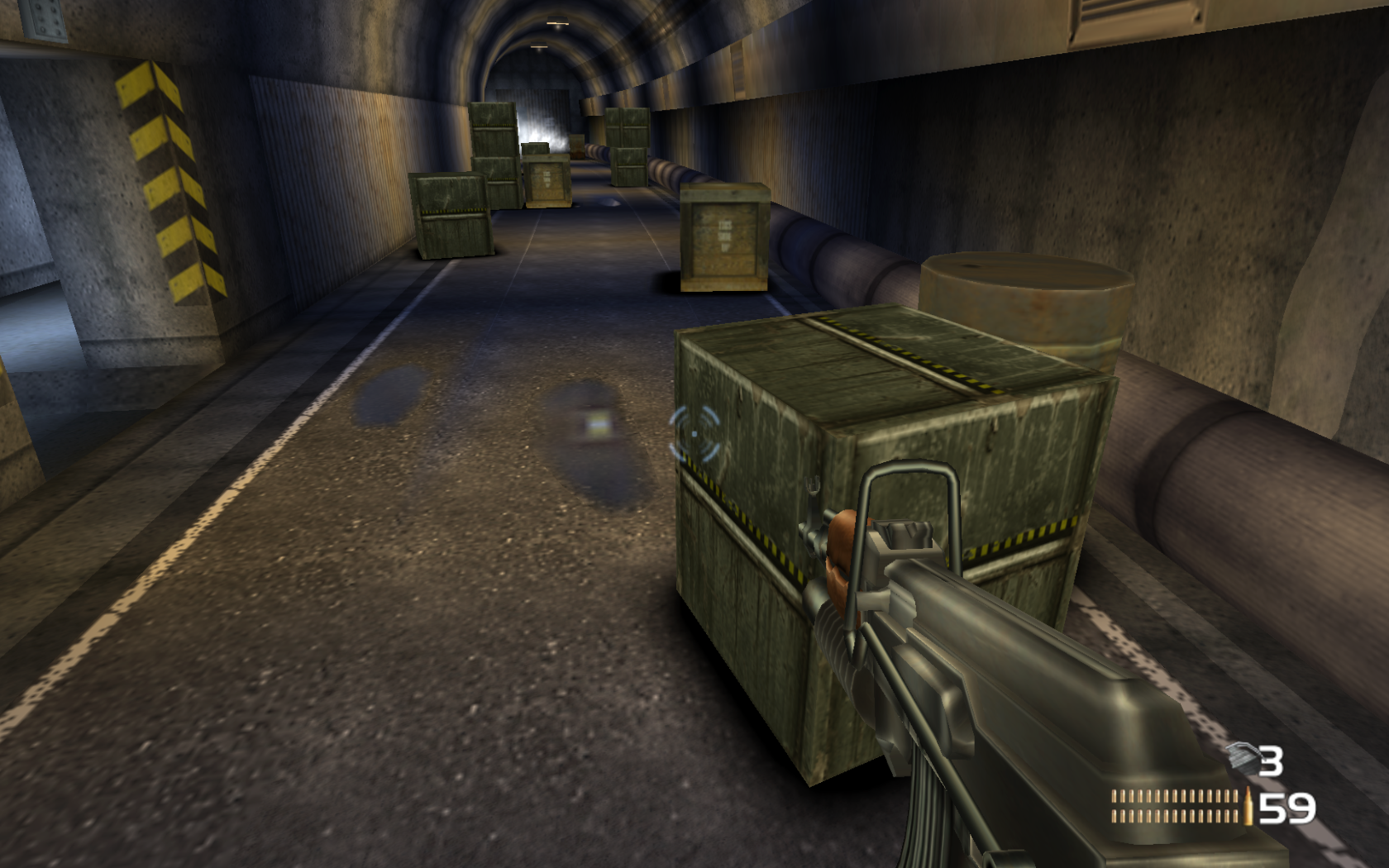
Homefront's Story & Gameplay
The game takes us to an alternate reality where the digital revolution took place in North Korea rather than the United States, North Korea growing into the most influential country in the world. Meanwhile, we see a United States that has left with a large military debt amassed through its conflicts with the Middle East. When the US defaults on its debt to the global power, all its North Korean-produced equipment becomes disabled by a backdoor in the technology. Under the guise of a humanitarian mission to restore stability, North Korea occupies the United States, controlling both resources and the country’s population.
As a result, a resistance movement is born, fighting to get their country back. Cue your entrance — a new recruit to the resistance, ready to fight North Korea and rescue your recently kidnapped resistance leader.
Unlike the story, the gameplay will not turn heads. It is an open-world first-person shooter where players move through different parts of Philadelphia, fighting North Korean forces or trying to avoid them, depending on how much they control the zone. You have a few guns that can be modded to change how they work, toys that you can use to blow up things, and an ability to hack vehicles from a distance. It's nothing new or innovative within the FPS scene.
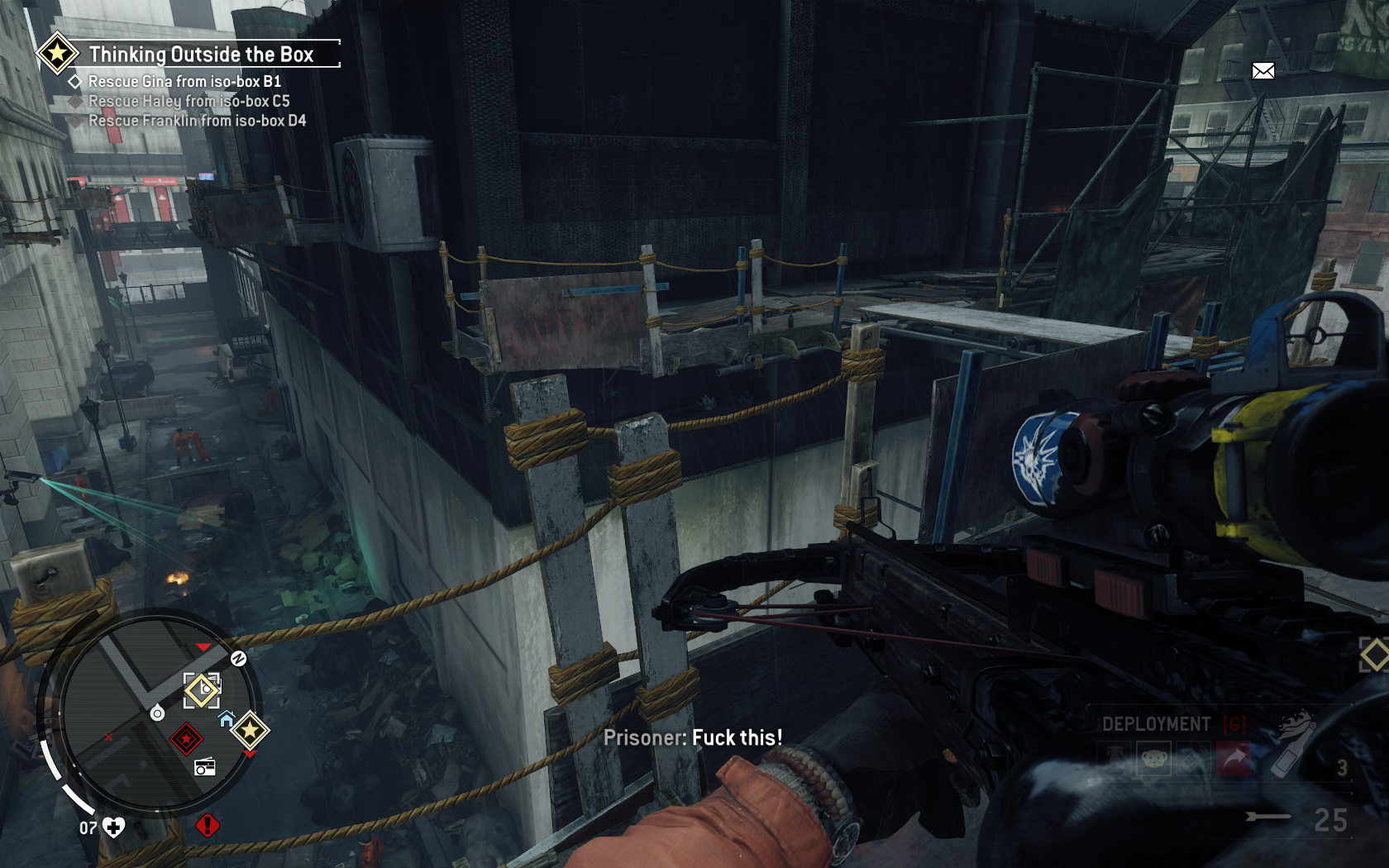
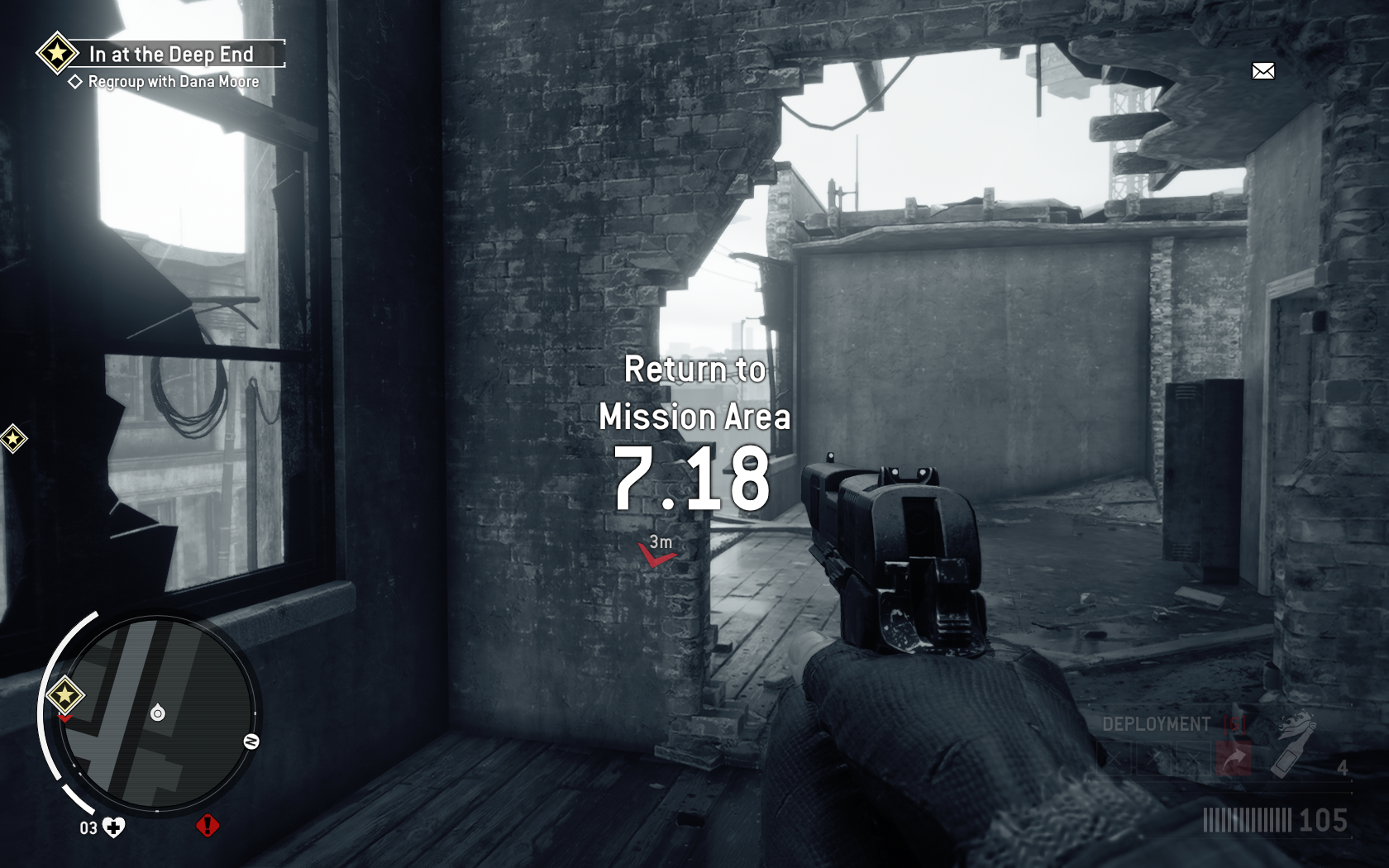
As is usual for open-world games, there are many side objectives throughout the map such as finding resistance stashes and radios, capturing outposts, saving civilians from abuse, or showing your strength by destroying armored vehicles. Twice the game forced me not to stray away from the "Mission Area", but thankfully you get a good amount of freedom most of the time.
What made the game click for me is the level design, as there is more verticality than I was expecting. It is no Dying Light, but some of the climbing I could achieve pleasantly surprised me. It also helped that several side objectives have less-than-obvious paths to reach them, making the game, in certain moments, feel like a puzzle platformer.
The Bugs and the Cost
Truth be told, I did not experience any performance or crashing issues, but still found a share of ‘cosmetic’ bugs.
For example, I saw enemies running toward me while using the crouching animation. Floating cars consistently spawned in a specific part of the map, and even teddy bears (weapons) that ended up stuck to destructible surfaces, floating after destroying what they once were attached to.
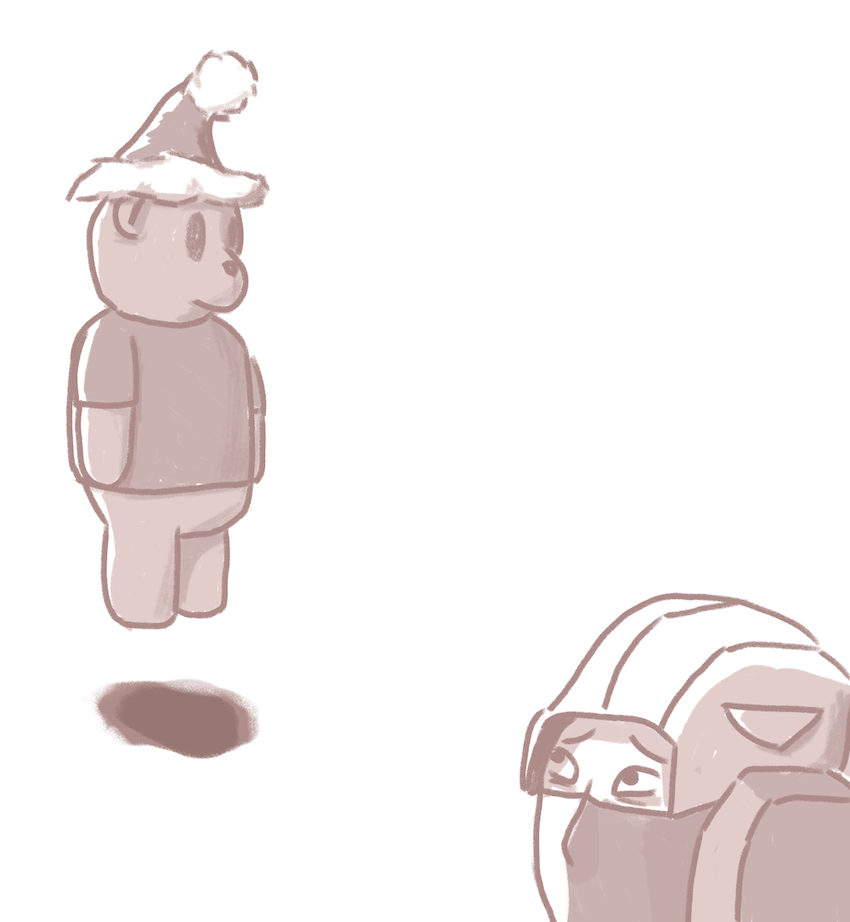
The bugs even intruded onto the storytelling itself and feelings of immersion. After what is supposed to be an emotionally heavy scene, an event triggered, intruding on the cinematics. It led to watching a character tending the wounds of another resistance fighter, clipping through them the entire time.
While the bugs I encountered did not affect the gameplay for me, they put a damper on how I continued to engage with the plotline and the game’s universe. Regardless of how you feel about the story, developers took time to put together this unique take on how the world and politics would have differed if past events played out differently. The bugs, sadly, are a frequent reminder that you are playing a video game, and the unintentional silliness makes it nigh impossible to empathize with the characters.
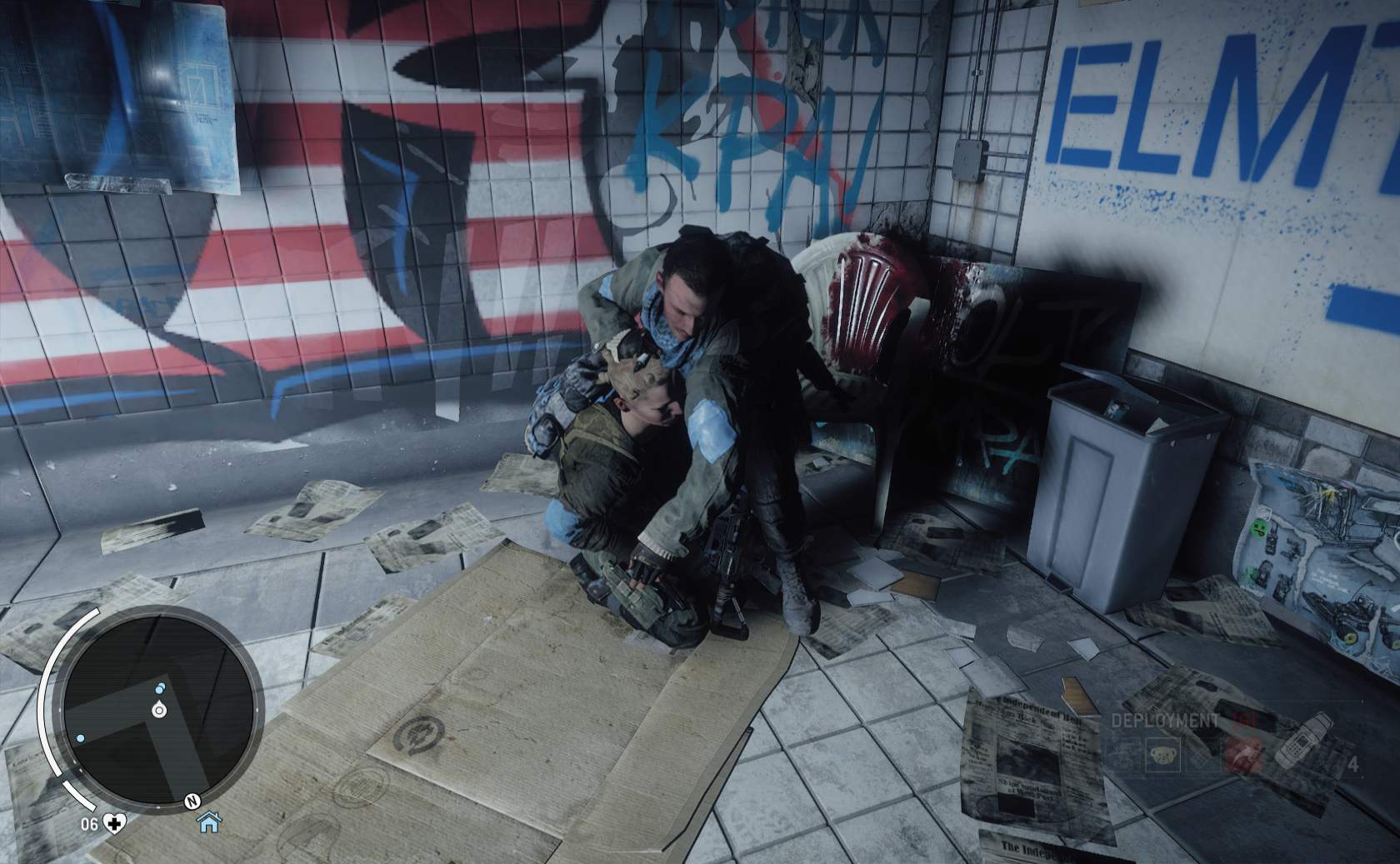
I finished HFR finding it to be an overall positive experience. But I know that the game received patches for several months after release and that some of my leniency is owed to the fact that I only paid a couple of bucks rather than the full price.
While not every game has a ‘serious’ story, bugs can still taint the first experience of a game. We have seen several releases in the past decade deal with severe performance issues, giving players a bad taste and an unlikeliness to try the game after it has been ‘fixed’.
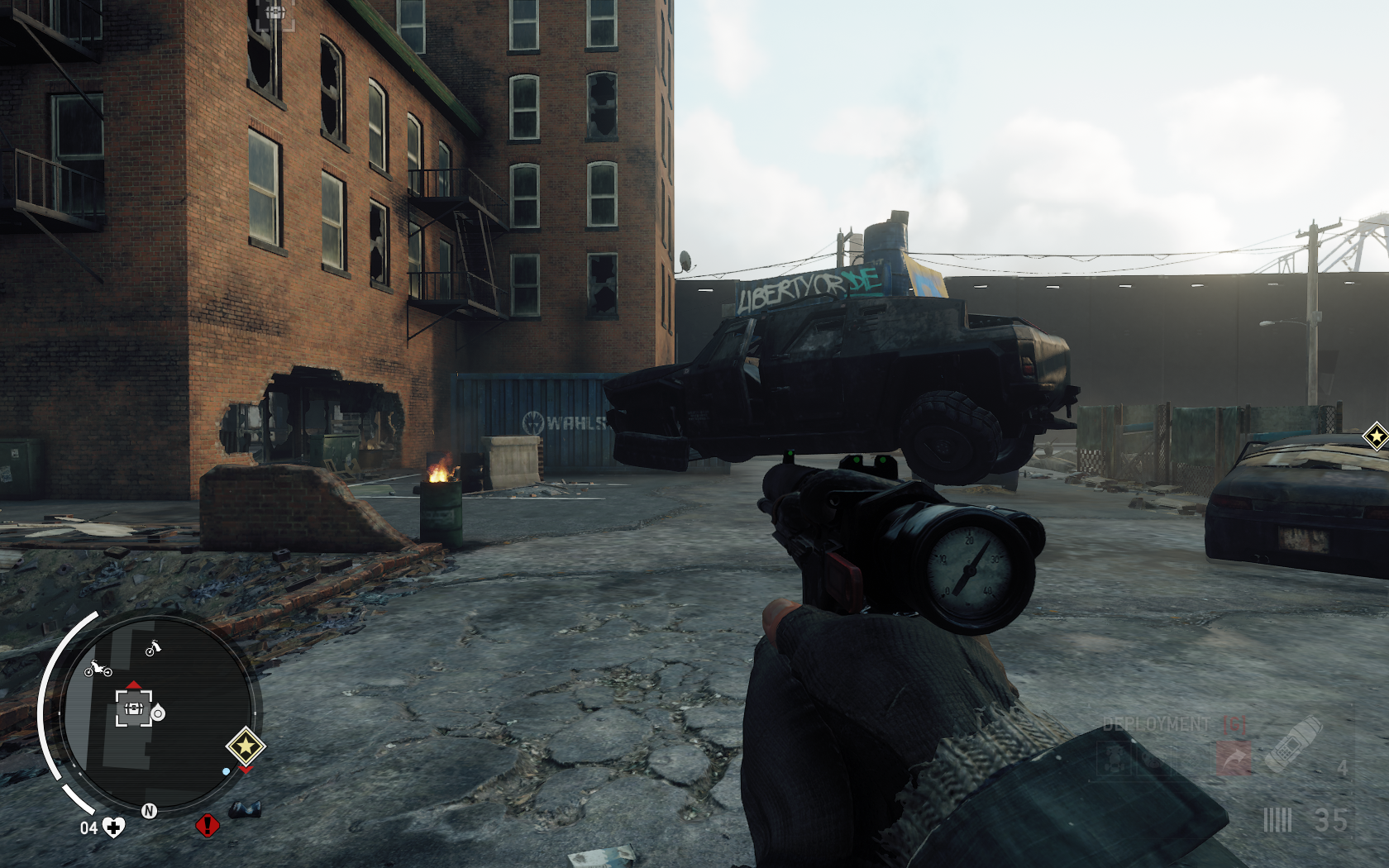
Those affected the most by these releases are people who preordered the game, and those buying it at launch. The ones placing their faith in your game, paying full price to get the game as soon as possible, ultimately get the worst experience.
You can fix the game later, but first impressions happen only once. Poor impressions can go beyond the game, potentially changing players’ perceptions of the development team and publisher. By releasing a buggy game, the statement being conveyed is that quick profits matter more than quality. Meanwhile, those who decide to purchase the game later down the line are awarded a more affordable and improved experience with the game due to repairs made after launch.
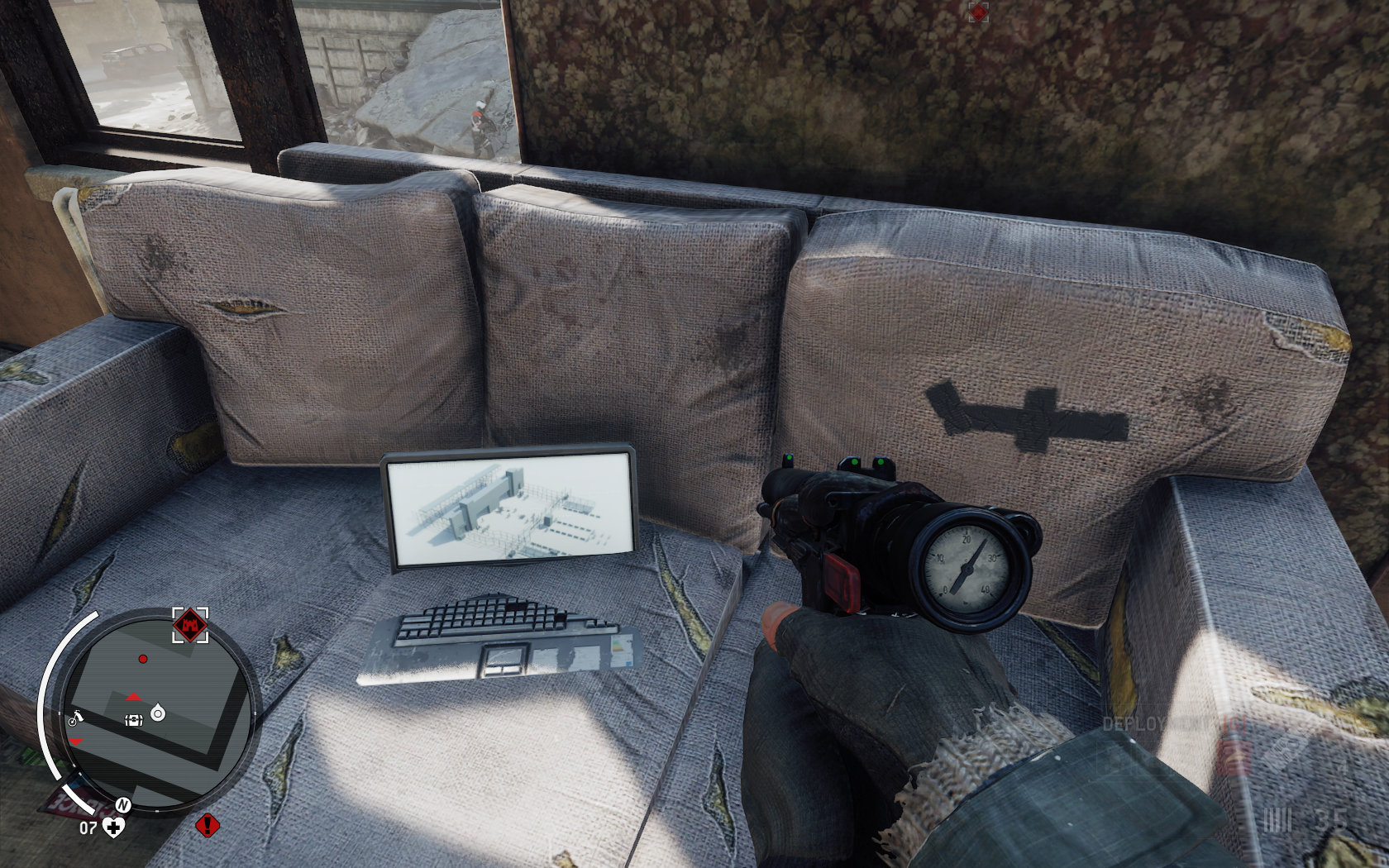
The True Cost™
Publishers need to make money, and poor management of the project will not stop an eventual deadline from being set, even if the game is undercooked. This scenario has played out several times, and it is because it pays to do so. In theory, you could see your next launches affected by this practice.
I would have liked to end this by saying how it is a terrible idea to release games with severe performance problems or full of bugs. While bad launches will impact sales — in some cases, the game is in such poor shape that it is just outright delisted like Fast & Furious Crossroads — we keep seeing half-baked games time and time again. Publishers want to exploit the hype for the game, a holiday window, or specifically seek to improve the numbers for their next quarter. The immediate profits are worth the risk of ill will that may come from consumers. Said another way, the monetary return is often good enough to justify giving customers an unfinished product.
In the end, there is only so much you can do as a consumer. Even if you stop buying that doesn't mean others will follow suit. That said, I still think it is in one’s best interest to stop preordering games and buying games blindly. If you really must get it as soon as possible, remember that stores like Steam and Epic Games Store let you refund games. If you've owned them for less than two weeks and played no more than two hours, there are no questions asked, and even outside those parameters, you can explain why you want a refund.
Personally, the last time I bought an AAA release within six months of its launch was Fallout: New Vegas for the PS3, and each year I have fewer reasons to break this ‘streak’. Buyer beware, indeed.
